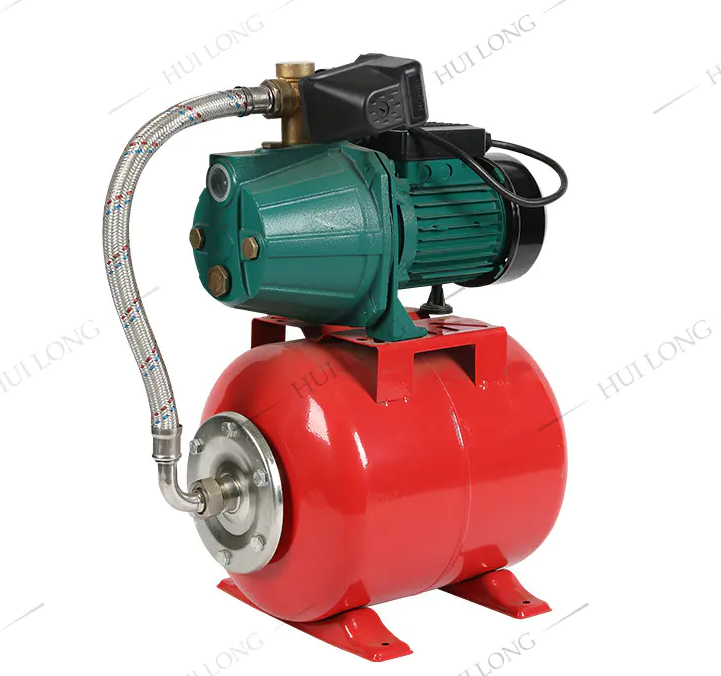Self-priming pumps are essential components in various industries where the movement of liquids or fluids is required. As the name suggests, these pumps are designed to "self-prime," meaning they can remove air from the suction line and begin pumping without needing to be manually primed. This feature makes them highly efficient and reliable for a wide range of applications. This article explores the applications, benefits, and key features of self-priming pumps in diverse sectors.
In industrial applications, self-priming pumps are commonly used for transferring liquids in processes that require continuous fluid movement, such as in chemical processing, wastewater treatment, and manufacturing plants. These pumps are particularly useful in environments where the liquid to be pumped may contain air, gas, or other debris, which could potentially cause issues for other types of pumps. Since self-priming pumps are capable of handling air or vapor within the suction line, they ensure smooth and uninterrupted operation, even if the pump casing is temporarily exposed to air. This helps prevent downtime and increases operational efficiency.
In the agricultural sector, self-priming pumps are widely used for irrigation purposes. These pumps can move water from reservoirs or wells to farmlands, ensuring that crops receive adequate water for growth. The ability to prime automatically and handle varying levels of air in the suction line makes these pumps ideal for outdoor environments where water levels fluctuate or where the suction line may not always be fully submerged in water. This feature helps to maintain consistent irrigation without the need for constant monitoring or intervention.
Self-priming pumps are widely used in marine and offshore applications, where they are used for bilge pumping, ballast water transfer, and cooling water circulation. In these environments, pumps often need to operate in harsh and dynamic conditions, such as varying water levels, rough seas, and exposure to corrosive elements. The ability to self-prime is critical in these conditions because it allows the pump to start even when the suction line is not completely submerged or when air may be present due to wave action. This ensures that vital systems on ships and offshore platforms remain operational.
One of the primary advantages of self-priming pumps is their reliability. Since they can start without manual intervention, they reduce the need for constant monitoring and maintenance. This is particularly important in applications where continuous fluid transfer is essential, such as in chemical processing or agricultural irrigation, where interruptions could lead to significant production delays or crop loss.
Additionally, self-priming pumps are versatile and capable of handling a variety of fluids, including those that contain solids, gases, or air. This versatility makes them suitable for applications in industries like wastewater treatment, marine systems, and construction, where the liquid to be pumped may not be clean or free from air bubbles.
Self-priming pumps are indispensable in a wide range of applications, including industrial, agricultural, water treatment, and marine sectors. Their ability to self-prime, handle air or gas in the suction line, and maintain continuous operation without manual priming makes them a reliable choice for many fluid transfer needs. Whether in wastewater management, irrigation, or chemical processing, the use of self-priming pumps helps to improve efficiency, reduce maintenance costs, and ensure the smooth operation of critical systems. Their versatility, reliability, and energy efficiency make them a vital tool across various industries.

